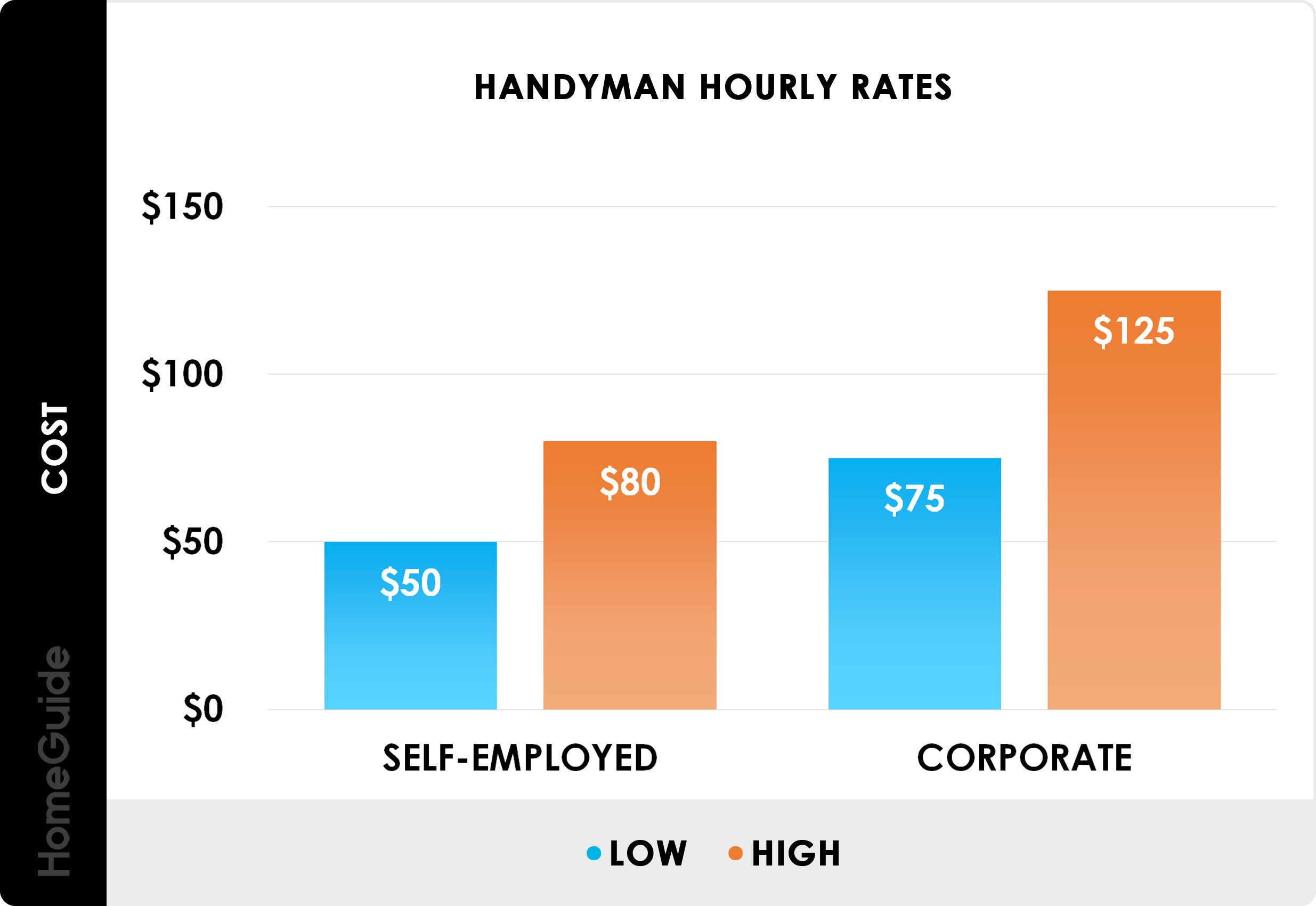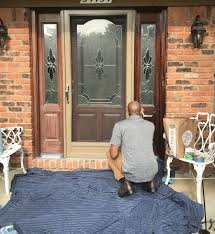
Do you want to start a home service business? Thumbtack and HomeAdvisor both provide a way to find professional service providers in your area. Which is the best? Below is a comparison that focuses on small business potential and cost. Thumbtack will let you decide for yourself whether it's cheaper, more user-friendly or better for your home renovation needs. If you're unsure about which one to choose, you can read our detailed comparison of the two services to make your final decision.
Thumbtack is an internet dating site that allows you to find a partner for your home-based service projects.
If you're looking for a local contractor to complete a project around the house, you should consider using Thumbtack. Thumbtack lets customers search for contractors and review the services they provide. Thumbtack uses machine learning to match potential customers with service providers. Searches can be made by entering job details or sports information. The search box will then populate a list containing possible service providers. Customers can then choose a service from the list of results.
The system works by sending job leads to service providers, who then respond to these leads. Thumbtack charges per lead, even though it may sound convenient. This service can prove to be expensive as each service provider has to pay a fee for each quote. Each company is competing for each lead. This means they might not get the best deal or receive the most leads. Thumbtack lists over 1,100 service providers, and generates more than 30,000 leads each day.

HomeAdvisor is a marketplace for home improvement professionals
HomeAdvisor is a website that allows consumers to compare prices, services, and other information from different service providers. HomeAdvisor also provides a calculator to calculate the cost of a renovation project. After being verified for reliability and quality, professionals are added to HomeAdvisor. HomeAdvisor provides more than just the calculator. The site also has a list of resources that homeowners and professionals can use.
HomeAdvisor is a free service for homeowners. Contractors should however remember that they are charged for their leads. Despite its free service, HomeAdvisor has a strict screening policy, which makes it a premium service for contractors. Companies can list their services on HomeAdvisor for $350 a year. There is the risk that fake leads may be delivered to consumers. HomeAdvisor may be worthwhile if the lead is interested in hiring contractors.
Thumbtack is cheaper
Thumbtack charges more than other platforms. While creating a profile on Thumbtack is free, you'll be charged a fee each time a customer contacts you. This is in some ways better than posting on HomeAdvisor. The company believes that people are more inclined to make deals with people who contact them directly. Thumbtack also changes the price to reflect the full cost of the job.
HomeAdvisor's contractor fees are the primary reason for the price differences. The monthly or yearly fees for each lead are charged by HomeAdvisor. Thumbtack users can adjust the prices of the leads based on their target audience. However, this approach is not as cheap as HomeAdvisor because of the high number of fake leads. A Thumbtack account does not guarantee that a paid lead will result in a sale.

HomeAdvisor works better for small businesses
Before deciding whether HomeAdvisor for small businesses is better, you should ask two questions. First, define what a lead and what a sale is. HomeAdvisor gives you the opportunity to advertise your services and obtain leads. HomeAdvisor also has its faults. In particular, it does not guarantee that your leads will turn into customers. Furthermore, it has a high rate of failure when it comes to converting leads.
If you are in the home services industry, you may want to try a marketplace for contractors that connects you with leads. HomeAdvisor may have a better reputation than Angie's List for consumer reviews but it doesn't guarantee success. It's worth giving it a try. However, you should read all of the terms and conditions to ensure that you understand what the platform is capable of. When deciding whether HomeAdvisor works for small businesses, it is crucial to set realistic expectations.
FAQ
Do I need a license in order to become handyman?
You don't need a license to work as an independent contractor in most states. However, certain requirements must be met:
-
You must be at least 18 years.
-
Do you have a high-school diploma or GED?
-
Completion of a 4-week course at a vocational high school.
-
A background check is required by the Department of Licensing.
-
Annual registration requires payment of $20
You will also require business licenses as well workers' compensation coverage.
Where are handymen from?
There are thousands of handymen across the U.S., but almost none of them started out as a contractor. The majority of handymen started their careers as tradesmen and learned how to complete apprenticeships. As a result, they often possess great skill sets and a wealth of knowledge, which makes them very valuable assets to any company.
How often do I need to hire a handyman
It depends on the nature of your project. You might only need one handyman per work week if your job is a simple fix-it, such as changing a light bulb. If there are many remodeling tasks involved, however, you might need several handymen.
Statistics
- With a strong housing market, the handyman and general maintenance worker industry are expected to grow by nearly 10% in the next decade. (housecallpro.com)
- Our handyman services for seniors are provided by professional senior helpers who have been serving the community for over 20 years with 98% customer satisfaction. (cantatahomeservices.org)
- Another estimate was that the market in the United States was $126 billion and was increasing by about 4% annually. (en.wikipedia.org)
- Mila keeps a commission of 20% for each completed service performed by Friends and charges various service fees regarding work done by Pros. (appjobs.com)
- According to the U.S. Bureau of Labor Statistics, in May 2020, there are 1,357,630 handymen employed in the U.S.. (angi.com)
External Links
How To
How to Replace Broken Tiles
Step 1: Remove the old tiles.
Remove the old tiles from your flooring and put them aside. These tiles should be kept intact in case you need them again. To avoid any problems with replacements, take note of the pieces that have been damaged or lost.
Step 2 – Choose New Tiles
You can take a look at the different options for tile replacement.
-
Find a tile that is identical to the one you are removing.
-
To find the right piece, take the measurements you took as you were removing the tiles. This allows you to easily find the perfect size without needing to measure again.
-
Look for various colors, patterns, textures, sizes, shapes, etc.
-
Consider which grout you would like to use, if any. Some prefer a solid color, while others like mixing it up.
-
Make sure the tile you select is resistant to moisture.
-
Finally, consider the placement of your new tile -- you can save time and money by ensuring the area you're installing it in has enough space for proper installation.
-
Once you've decided on your tile, you can order it online or by calling your local Lowe's to place your purchase.
Step 3 Install the new tiles.
Use the same method as before to install your new tiles. You must align them correctly to ensure they fit together.
Step 4 - Clean up
Be sure to vacuum up all crumbs and debris before applying the last layer.
This will stop dirt and dust from entering the cracks between tiles.
Step 5 - Sand the Floor
Clean everything and sand the floor.
Step 6: Finish off
Once the floor has been completely smoothed, apply the protective coatings on the tiles. It is important to wait before you apply the protective coatings.
You can always use a "damp and dry" product on your floors to protect them from staining.
However, it won't cover every possible problem that may occur after you've installed your new tiles. Consider adding an anti slip coating to your protective layer if you have kids.
And finally, remember to leave the protective sealer on for several weeks before moving back into your home.